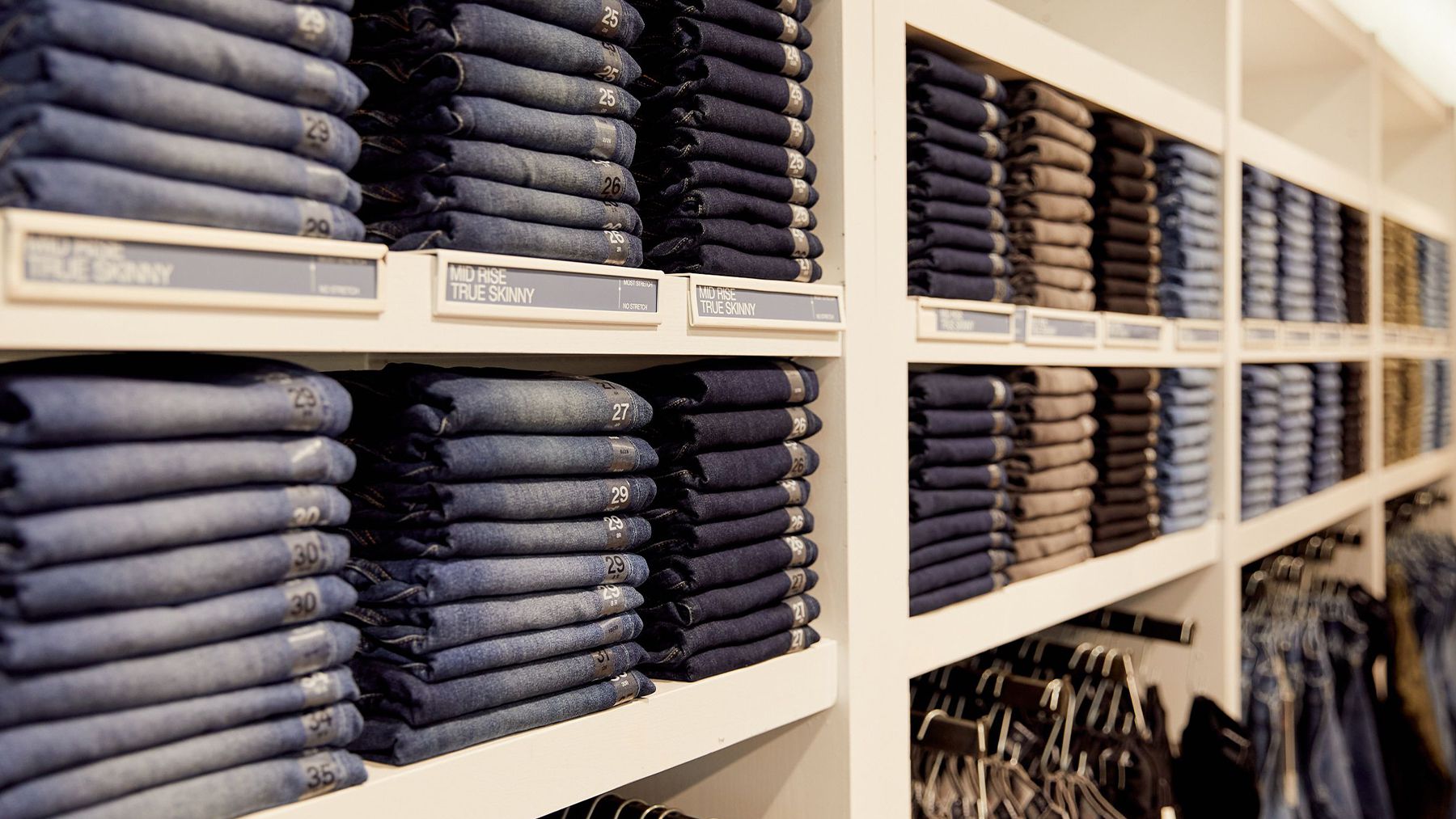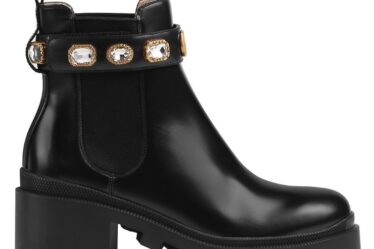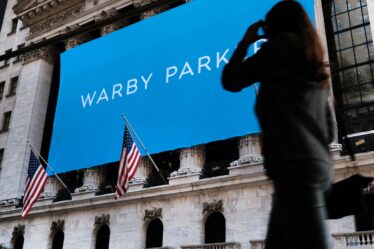
Gap Inc. is in crisis, once again.
On Thursday, the San Francisco-based apparel retailer announced the abrupt exit of Old Navy chief executive officer Nancy Green, whose success building the company’s activewear brand Athleta earned her the top job at Old Navy when Sonia Syngal was promoted to boss of the group.
Green may have done well with Athleta — the business reached nearly $1 billion in sales when she was running it — but she was generally not viewed as a good leader, according to former and current executives.
“The sudden nature of Green’s exit indicates that Gap’s casual statement about it being time to bring in someone new to head up the brand is somewhat fanciful,” said GlobalData retail analyst Neil Saunders in a note. “There has clearly been tension or something which has led to this abrupt change during a critical time.”
Whatever was going on behind the scenes, it’s clear that Old Navy, once the brand carrying the rest of the business, is in trouble. The company said sales would be down by the low double digits in the first quarter of its 2022 fiscal year. It’s blaming “macroeconomic challenges,” but also poor execution, warning that there would be even more discounting than usual.
On Friday, the stock dipped 20 percent to $11.50 per share after the news of Green’s exit, down about two-thirds from a year ago, illustrating why this firing and the sales warning felt like catastrophic news for the parent company. Old Navy accounted for nearly 55 percent of Gap Inc.’s sales in its most recent fiscal year, and has historically has been a reliable growth engine as Gap and Banana Republic’s market share continued to shrink. But its cute branding is no longer enough for many price-driven consumers, who are buying online from Amazon and Shein, which offer trendier, and sometimes cheaper, garments.
Gap Inc. has spent the last few years pruning its portfolio, selling off smaller, less-aligned companies like multi-brand store Intermix and kid’s label Janie and Jack. And as it closed more Gap stores in order to “right size” the business, it used that prime real estate to open Athleta stores, capitalising on the demand for activewear through broadened distribution.
More sales don’t always equal more profits, however, and Gap Inc.’s margins continue to suffer. An attempted revival of Banana Republic, which garnered favourable press, has attracted higher income shoppers and helped to increase the average amount of money people spend at the store, but has yet to result in growth. Gap, the brand, has made headlines over the past year with its Yeezy collaboration, but has yet to prove that the theoretical popularity of that collection — which is not sold in Gap stores and does not include many products — has driven sales to the core brand.
While many consumers still seem to have a sentimental attachment to Gap, it’s not enough to make it their go-to retailer. The products simply aren’t as compelling as they used to be, and the stores feel like they haven’t been updated in decades.
Over the past 10 years, the company has considered selling off one of its bigger divisions — like Gap or Banana Republic — according to former executives. It also publicly made a play for Old Navy to IPO in hopes of improving overall prospects. However, it may now be time for the business to be taken private in the face of dwindling returns. The likely buyer, should the company pursue this option, would be a private equity firm that deals with retailers in transition.
The challenge for the board of directors — which still includes three members of the founding Fisher family, who own more than 40 percent of the company — is that it would have to sell at what they might consider a discount. At the same time, the turnaround efforts have so far proven that the company is not currently able to do more than play the price game, a competition that is increasingly difficult to win.
Added Saunders, “Although the Gap group has been more creative of late, there is a still a sense that this is a retailer which is really struggling to focus its efforts around a coherent plan for success.”
Additional reporting by Marc Bain.



